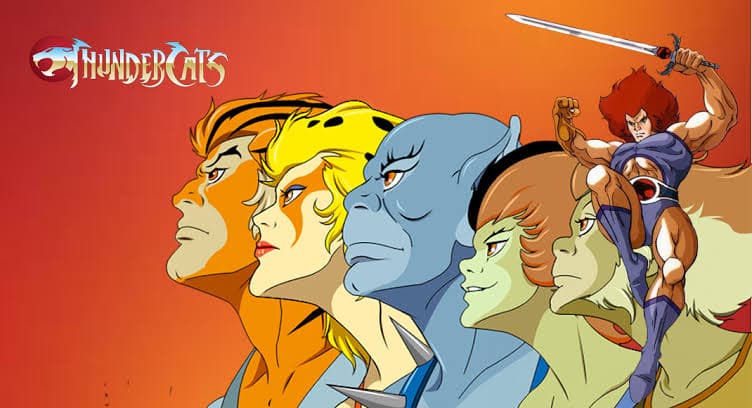

To save costs, excessive character movement had to be kept to a minimum, while cunning techniques like looping cycles of frames – or, cheaper still, panning the camera across a static image – were often employed.
Original thundercats series#
Often, they presented a level of action and energy that could only be hinted at in the body of the show itself – with animation being such an expensive medium, the makers of these series simply couldn’t afford to show endless scenes of explosions and mayhem. Whether they were for Ulysses 31 or Jem And The Holograms, these opening sequences were vital for capturing kids’ attention. The intro also featured the requisite anthemic theme-tune, this one written by Bernard Hoffer. And, like rival series He-Man, ThunderCats was a collision of sci-fi and fantasy – a good-versus-evil battle between the agile heroes (Lion-O, Cheetara, Panthro, Tygra and so on) and the Mutants of Plundarr.
Original thundercats tv#
Like just about every animated TV show from the time, ThunderCats‘ opening sequence provided a shop window for the next 20 minutes or so. The 1982 animated film The Last Unicorn may have featured an American story and a western voice cast, but it was drawn and painted by Topcraft, the studio that animated Nausicaa Of The Valley Of The Wind with director Hayao Miyazaki that same year.

ThunderCats was created by Tobin Wolf and Leonard Starr, while its animation was handled by Rankin/Bass Productions – a company which often collaborated with Japanese animators when making its numerous TV shows and features.

Lesser-known US series The Centurions was animated by Tokyo’s Sunrise Inc. The original 1984 Transformers series, for example, was brought to life by Toei, a studio which had already animated such domestic hits as Devilman and Mazinger by the middle of the 80s. ThunderCats first aired in 1985, a period where it was common for American children’s shows to have at least some of their animation farmed out to Japan.


 0 kommentar(er)
0 kommentar(er)
